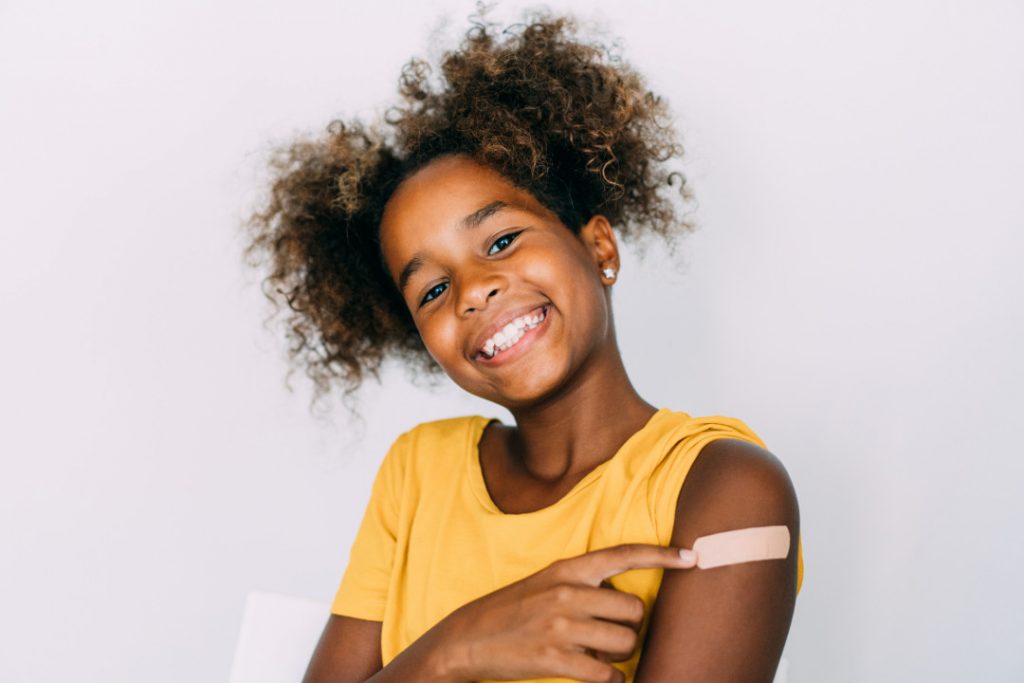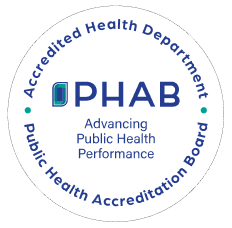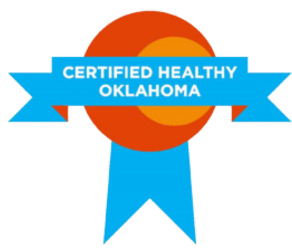If you’re a teen, this is a great place to look for tips, advice and information on sexual health, relationships, your body and more.
As you enter puberty, you will experience a great number of changes, including physical appearance, brain development and thinking ability and changes in social interaction. Many factors, including genes, family, friends, values, neighbors and others in society can affect how puberty impacts you and other young people.
Adolescents do not begin puberty at the same time. Male bodies tend to show the physical signs of puberty between the ages of 11–14, whereas female bodies typically begin puberty slightly earlier, between the ages of 8-13.
While every teen body is different, here’s a list of physical changes that happen to bodies during puberty:
Physical changes for male bodies:
Physical changes for female bodies:
You probably know all the silly names for your body parts, but it’s also good to know the medically accurate terms for your genitals. This is important so you can effectively communicate with a health care provider about your body or if you need to report abuse. Becoming familiar with this terminology also increases your ability to set appropriate physical and emotional boundaries with family, friends and partners.
Friendships
Good friends can help you feel brave and confident. They are like a personal support group that can create a sense of belonging and safety. It’s important to choose friends who are positive, accepting and supportive.
As you get older, some of your friendships will start to change, and some may grow deeper. You might also begin to know many more people, although not all of them will be your close friends. Peer pressure can play a major role in friendships. If someone is vulnerable to peer pressure, the relationship is not balanced. Remember that you have the right and duty to stand up for what you believe is right. You have the freedom to say "no" if you disagree.
Dating
The key to a healthy relationship is to make sure that both parties are happy and that they support and care for each other. Getting into a relationship and making sure that it’s healthy takes some serious work. And that means you’re on point with communication, trust and respect. The best relationships are built on trust, communication and honesty. Don’t expect your partner to read your mind—if you want something, you have to talk about it. Love means respecting your partner for who they are, not spending all your time trying to change them.
Teen Violence
Love should never hurt, but statistics show 1 in 3 teens are the victim of teen dating violence. Teen dating violence affects both males and females, and the damage the violence causes has profound consequences. These consequences can follow victims throughout their lives. Teens that experience teen dating violence have higher rates of experiencing intimate partner violence as adults. If your partner pressures you into any type of activity, especially something sexual, then they do not value your safety or your feelings. Speak out, speak up, and if you know someone who may be in an unhealthy relationship, say something to a trust adult.
One of the passages of adolescence is the development and understanding of sexuality. This includes understanding your body, gender identity, sexual orientation and values about sexual activity. During adolescence, many teens begin to explore their sexuality.
For all teens, this is a challenging transition. But for teens who are questioning their sexual orientation, or who identify as being lesbian, gay, bisexual, transgender or queer (LGBTQ), this can be a very lonely, difficult and threatening transition.
It can also be a difficult time for families, who may have fears and questions of their own. It is crucial for you to get support and understanding from your friends, family and other adults when you have questions about sexual orientation and gender identity.
Sexual Orientation and Gender Identity Resources:
It Gets Better Project
Oklahomans for Equality
The Trevor Project
You have goals and dreams for your future. If you’re having the kind of sex that can lead to a pregnancy, effective birth control can help you reach those goals and avoid a pregnancy until you’re ready. Tulsa Health Department offers confidential and private pregnancy testing and birth control options. Find out more here.
Contraceptive Types
Abstinence: 100% effective. Abstinence is the safest and most effective pregnancy and STD prevention method. It requires that you avoid any behaviors that might result in exchange of bodily fluids that can result in pregnancy or can transmit STDs, including HIV. It also means not engaging in any skin-to-skin genital touching that could transmit certain STDs.
Nexplanon: 99% effective. Nexplanon is a flexible plastic rod the size of a matchstick that is put under the skin of a woman’s arm. It must be replaced or removed after 3 years. It does not protect against STDs or HIV. Inserted/removed/replaced by health care provider.
The IUD: 99% effective. The IUD is a small, T-shaped, flexible plastic or copper device that is inserted into the uterus. It does not protect against STDs or HIV. Inserted/removed/replaced by a health care provider.
The Shot (Depo-Provera): 99% effective. 97% if not used perfectly. Depo-Provera is a hormonal shot taken every 3 months. It does not protect against STDs or HIV. Administered by a health care provider.
Birth Control Pills: 99% effective, 92% effective if pills are skipped or not taken on time. There are many different kinds, but all must be taken at the same time each day. They do not protect against STDs or HIV.
The Ring (NuvaRing): 99% effective, 92% if not used perfectly. A round, flexible ring is inserted into the vagina and left in place for 3 weeks. NuvaRing does not protect against STDs or HIV.
The Patch (Xulane): 99% effective; 91% if not used perfectly. The patch is applied to the skin once a week for 3 weeks and may be applied to eight different areas on the body. It does not protect against STDs or HIV.
External Condom (Male): 98% effective if used correctly, 85% if not careful each time. The male condom is made from latex; however, if an allergy to latex exists there are polyurethane or polyisoprene condoms. It does help protect against STDs and HIV. It cannot be used at the same time as an internal (female) condom.
Internal Condom (Female): 95% effective if used correctly, 79% if not careful each time. The internal (female) condom is latex-free and cannot be used at the same time as an external (male) condom. It does help protect against STDs and HIV.
Birth Control Resources:
Anyone who has had sex or engages in sexual activity may be at risk for a sexually transmitted disease (STD). They are spread from person to person through unprotected oral, anal and vaginal sex as well as skin–to-skin genital contact. HIV can also be spread through other risky behaviors, such as sharing needles used for drug use, tattoos and piercings.
Most people with STDs do not have symptoms. While all STDs are treatable, some are not curable. If you are sexually active, talk to your health care provider and parent/trusted adult about regular testing. See our resource page for more information about where to get tested.
There are two main types of STDs:
1. Bacterial infections are curable but you can catch them over and over again. If left untreated, they can cause permanent damage to the reproductive tract.
2. Viral infections are not curable. Only their symptoms can be managed with medications. The Hepatitis B vaccine is required for students to attend school in Oklahoma. The HPV vaccine series is recommended for all adolescents.
If you think you may be diagnosed with a STD, don't panic. Schedule a private appointment at THD by calling 918.582.WELL (9355). Our clinic staff are easy to talk to and can answer any questions about STD prevention, testing and treatments.
STD Testing Resources
Youth Services of Tulsa | 918.582.0061
Crisis Text Line | text 741741
We have 10 locations across Tulsa County that offer a variety of services to help you and your family stay healthy.







